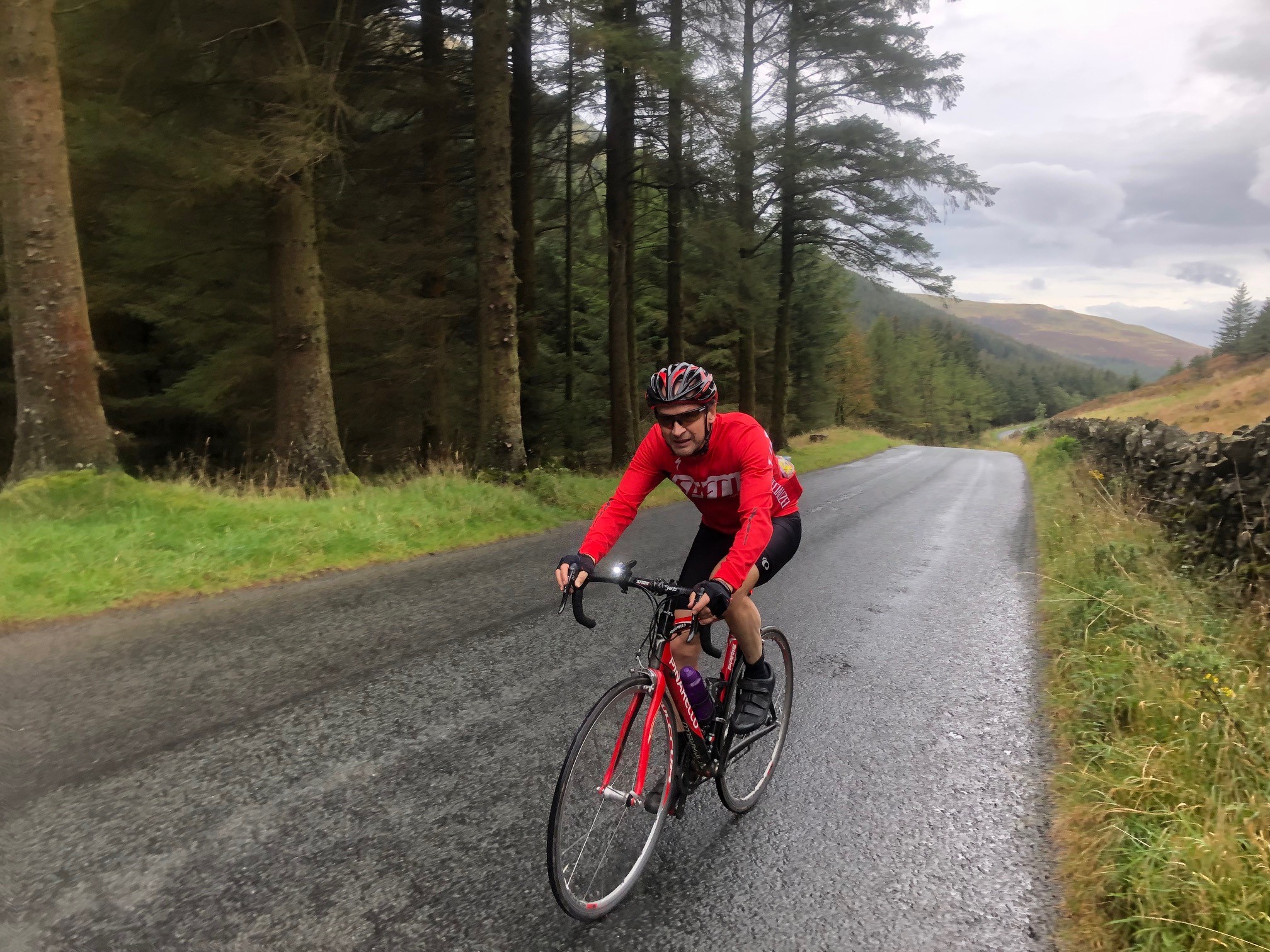
3 minute read
Protecting yourself against heart attack
What’s in this article
Dr Tony Brown is the Chief Executive of the South-West Hospital and Health Service. He has practiced as a rural generalist doctor in rural and remote Australia for more than 30 years.
He shares his own experience with heart attack.

One doctor’s personal story
Dr Tony Brown is the Chief Executive of the South-West Hospital and Health Service. He has practiced as a rural generalist doctor in rural and remote Australia for more than 30 years.
He is based in Roma with his wife Ruth Stewart, who is the former Australian Rural Health Commissioner. Together they have three sons and a daughter, who won a gold medal at the 2024 Olympics in France.
Dr Brown is a keen bike rider, so a heart attack, after he won a mountain biking event, came as a complete surprise. This was in North Queensland back in 2014.
“I was 54 years old, plenty of people would describe me as an exercise freak. My cholesterol was normal, and no one would have expected me to have a heart attack,” he said.
“I used to do a lot of mountain bike racing. I’d just finished a 50km race and won my section. I was waiting to go up on the podium to get my prize.the former
The hidden impact of heart attack
Dr Brown said, while he recovered well physically, the heart attack affected his mental health.
“I had a lowered mood for a while. You can tend to get a bit depressed after something like this. It took some time to recover from,” he said.
“It was quite a shock to my sense of invincibility, because before that I thought I could manage anything.”
He said his experience was a timely reminder for everyone to be aware of heart health.
Signs of a heart attack
“I started to get this back ache and I went a bit grey. I asked my son to massage my back. The guy who organised the race who is a good friend of mine looked at me and said, ‘I’m calling an ambulance, you don’t look well’. I wasn’t keen on this idea, because at that point I had no chest pain.”
Dr Brown’s credits the actions of those around him, including his friend who insisted on calling an ambulance, with his swift recovery.
“I quickly developed this centralised chest pain and realised I actually was having a heart attack. This was a bit of a surprise to everyone as I’m fit and skinny. I didn’t have any other risk factors except that my dad died of heart disease at the age of 90,” he said.
“I was in extraordinary pain – a pain you never want to experience. We met the ambulance on the side of the Kennedy Highway. The paramedics got this clot buster drug into me as quick as they could to open the arteries.
“We actually managed to get from chest pain to clot busting time within 20 minutes, which is pretty amazing. The shorter time taken to break the clot, the better the outcome. Every minute, your heart muscles suffer.
“I was very lucky. An angiogram showed my heart function was close to normal four hours after the event. This is rare, and I’ve had no lasting effects. I now exercise just as much as always, and I take aspirin to stop any clots from forming. I take a cholesterol drug to stabilise any traces of cholesterol plaque in the artery.”
Act quickly
“It can impact everyone. You’ve just got to take notice of chest pain, shortness of breath, or just that feeling when you know something really bad is happening to you,” he said.
“Get onto it quickly, because the longer your heart hasn’t got oxygen, the more muscle damage you get. Time is of the essence. After a heart attack you should get your heart completely checked out, get an angiogram, and get any recommended treatment.
Obviously stay on a good diet, keep exercising, keep your blood pressure under control and definitely don’t smoke.”
Susie Cunningham is a journalist who lives in the beautiful Scenic Rim region. She shares her observations of rural living through the eyes of those who live and work in our rural communities.


